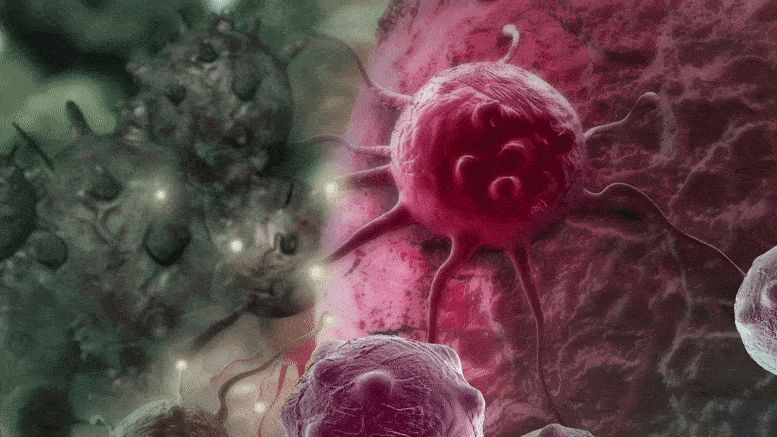
Pancreatic cancer, a leading cause of cancer deaths, often goes undiagnosed until it’s too late for effective treatment. A new method using nanoparticles delivers the drug Gemcitabine directly into tumors, improving efficacy and reducing side effects. This approach, demonstrated effective in mouse models, also overcomes the issue of tumor resistance to treatment. The interdisciplinary team is now focused on advancing this promising therapy into clinical practice.
Researchers from the universities of Göttingen and Karlsruhe have created an innovative treatment approach for pancreatic cancer. This new method aims to target the disease more effectively and reduce side effects.
Pancreatic cancer ranks among the most lethal forms of cancer, standing as the fourth highest cause of cancer fatalities in Western countries. Its initial phase typically lacks noticeable symptoms, leading to late diagnoses in most cases.
Furthermore, in advanced stages, the cancer, along with its metastases, can no longer be completely removed. Complicating treatment, chemotherapies, while targeting tumor cells, also harm healthy cells in the body.
Innovative Nanoparticle Treatment
Innovative nanoparticles could be a new approach to treat cancer more precisely.
The approach was developed by a research team from the Max Planck Institute (MPI) for Multidisciplinary Sciences, the University Medical Center Göttingen (UMG), and the Karlsruhe Institute of Technology (KIT). The therapy is now to be optimized for clinical application as quickly as possible.
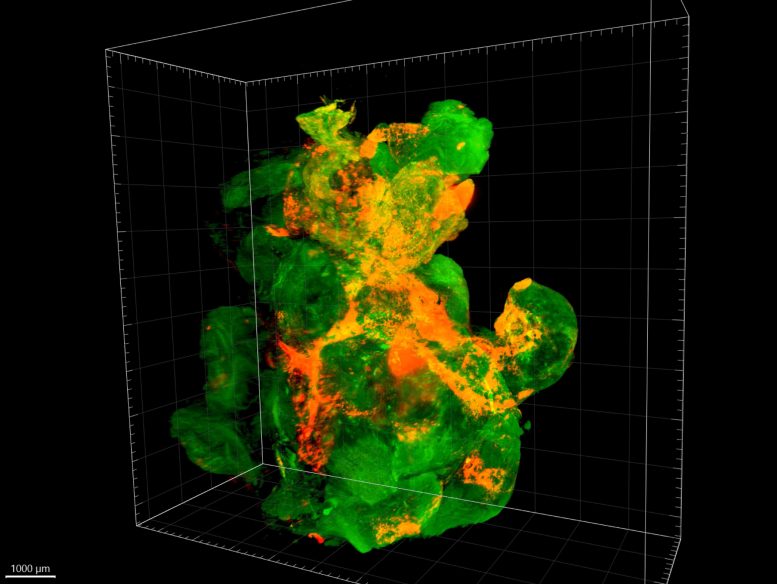
A tumor under the fluorescence microscope: the tissue of this pancreatic tumor in a mouse glows green, the nanoparticles orange. Credit: Myrto Ischyropoulou / Max Planck Institute for Multidisciplinary Sciences
The method promises to treat pancreatic carcinomas with more accuracy and with fewer side effects than current cancer therapies. Using so-called nanoparticles, they transported the active substance Gemcitabine in large quantities directly into the tumor.
Precise Delivery and Reduced Side Effects
“Targeting the drug in high concentrations into the tumor cells with the help of the nanoparticles increases the efficacy and spares healthy cells. This can reduce the severe side effects that occur with Gemcitabine,” explains Myrto Ischyropoulou, lead author of the study recently published in the journal Advanced Materials.
“Currently, patients are given the free drug. This is distributed throughout the body and can lead to toxic effects in all parts of the body. The nanoparticles, on the other hand, release the drug mainly in the tumor.” Joanna Napp, scientist at the UMG and the MPI, adds: “Using imaging methods, we have already been able to demonstrate in mouse models that the nanoparticles accumulate in the tumors.”
Overcoming Tumor Resistance
The administration of nanoparticles also allows resistance mechanisms in the tumor to be circumvented. “Free Gemcitabine is often no longer taken up by the tumor very early on and is thus largely ineffective there. However, it still leads to considerable side effects, for example in the liver and kidneys,” explains Claus Feldmann from KIT. “By using a different uptake mechanism in tumor cells, our nanoparticles could be a very effective new therapeutic approach here.”
The research success is an excellent example of successful interdisciplinary cooperation, says Frauke Alves, group leader at the MPI and the UMG. “From the idea to the development of the new nanoparticles to preclinical testing, chemists, biologists, pharmacists, and physicians have worked hand in hand.” With a spin-off, the scientists are now working to bring their new nanoparticles out of the test phase and into clinical use as quickly as possible.
Reference: “High-Load Gemcitabine Inorganic–Organic Hybrid Nanoparticles as an Image-Guided Tumor-Selective Drug-Delivery System to Treat Pancreatic Cancer” by Myrto Ischyropoulou, Kristina Sabljo, Leonie Schneider, Christof M. Niemeyer, Joanna Napp, Claus Feldmann and Frauke Alves, 16 August 2023, Advanced Materials.
DOI: 10.1002/adma.202305151

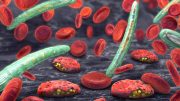

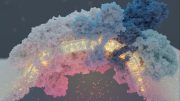


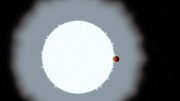
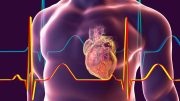

They will never produce it. It might cure people and that’s not what the medical profession wants. Keep people sick so they can make more money.